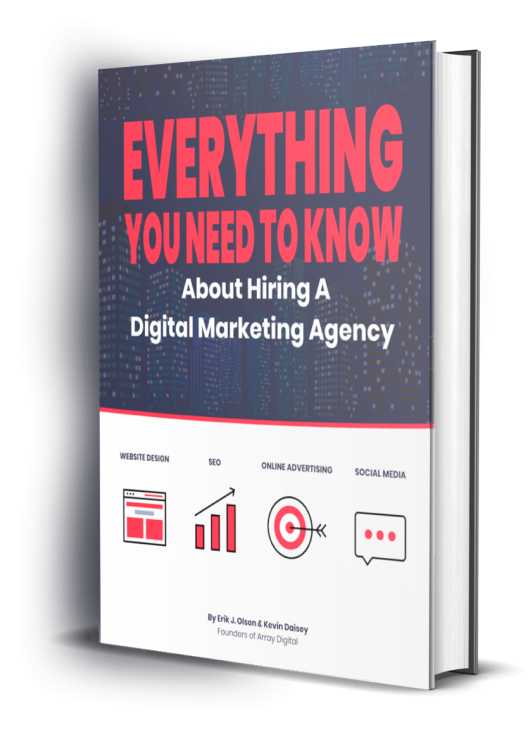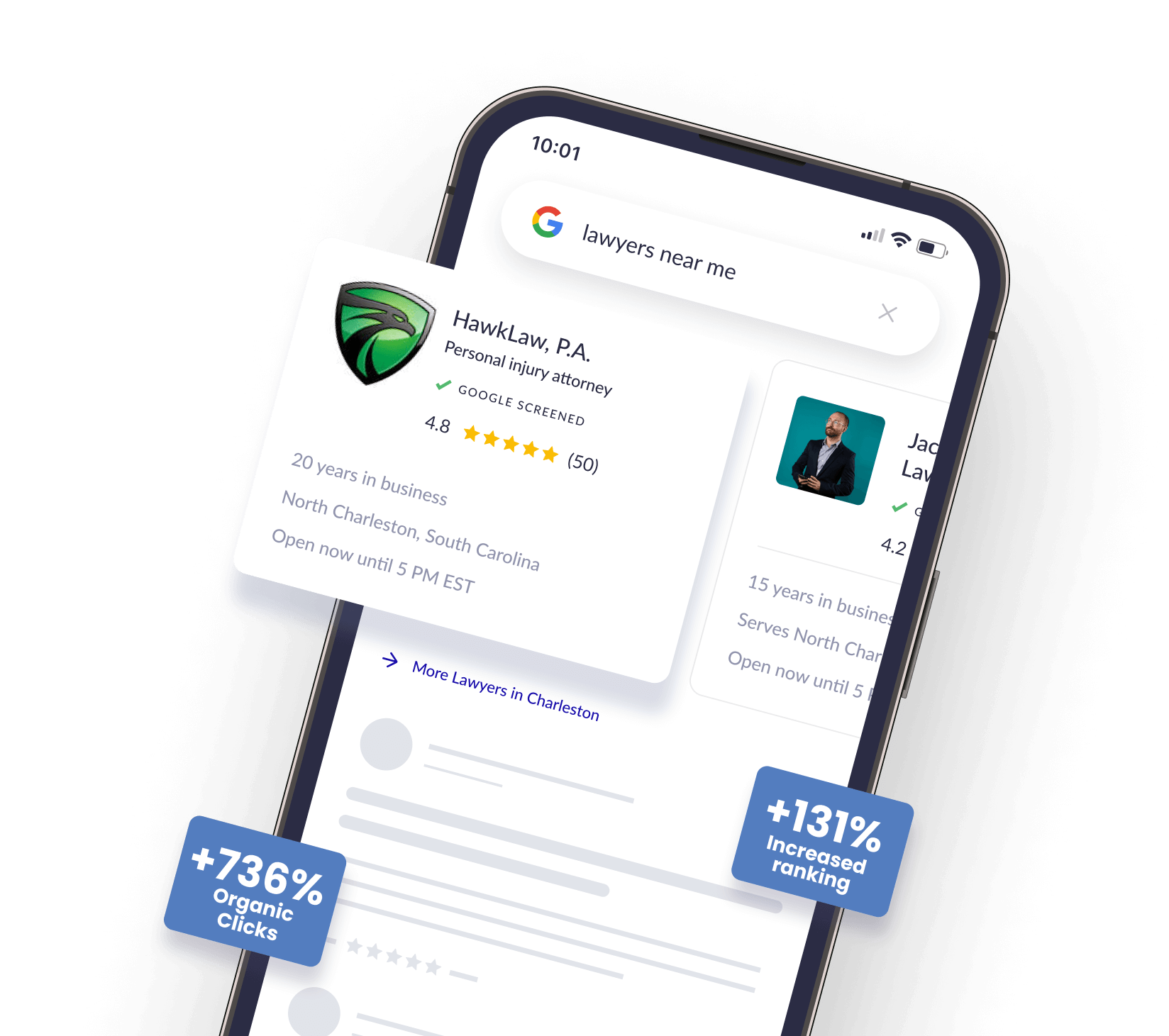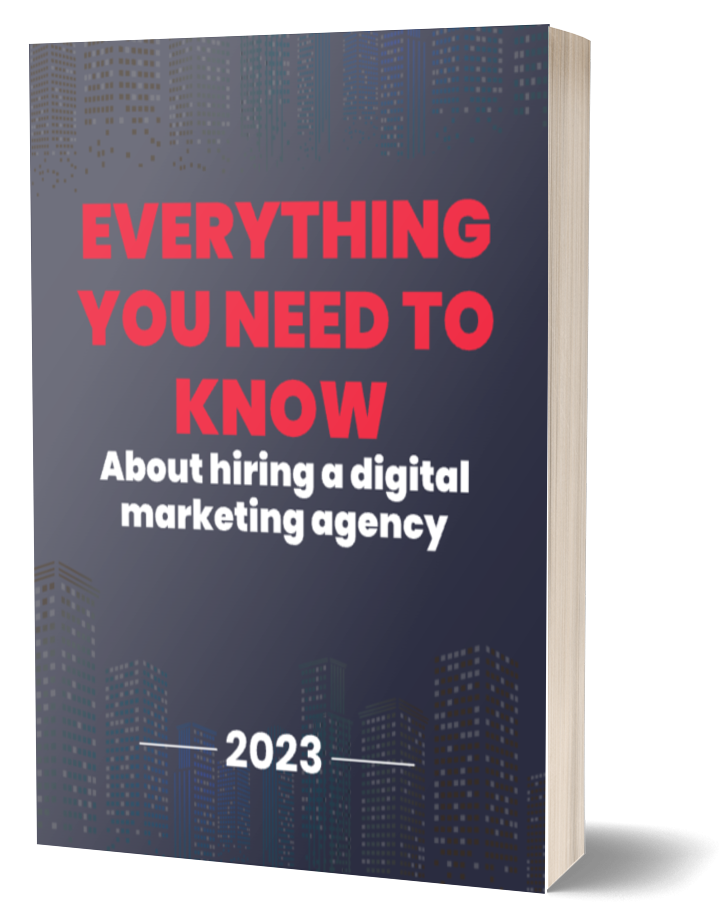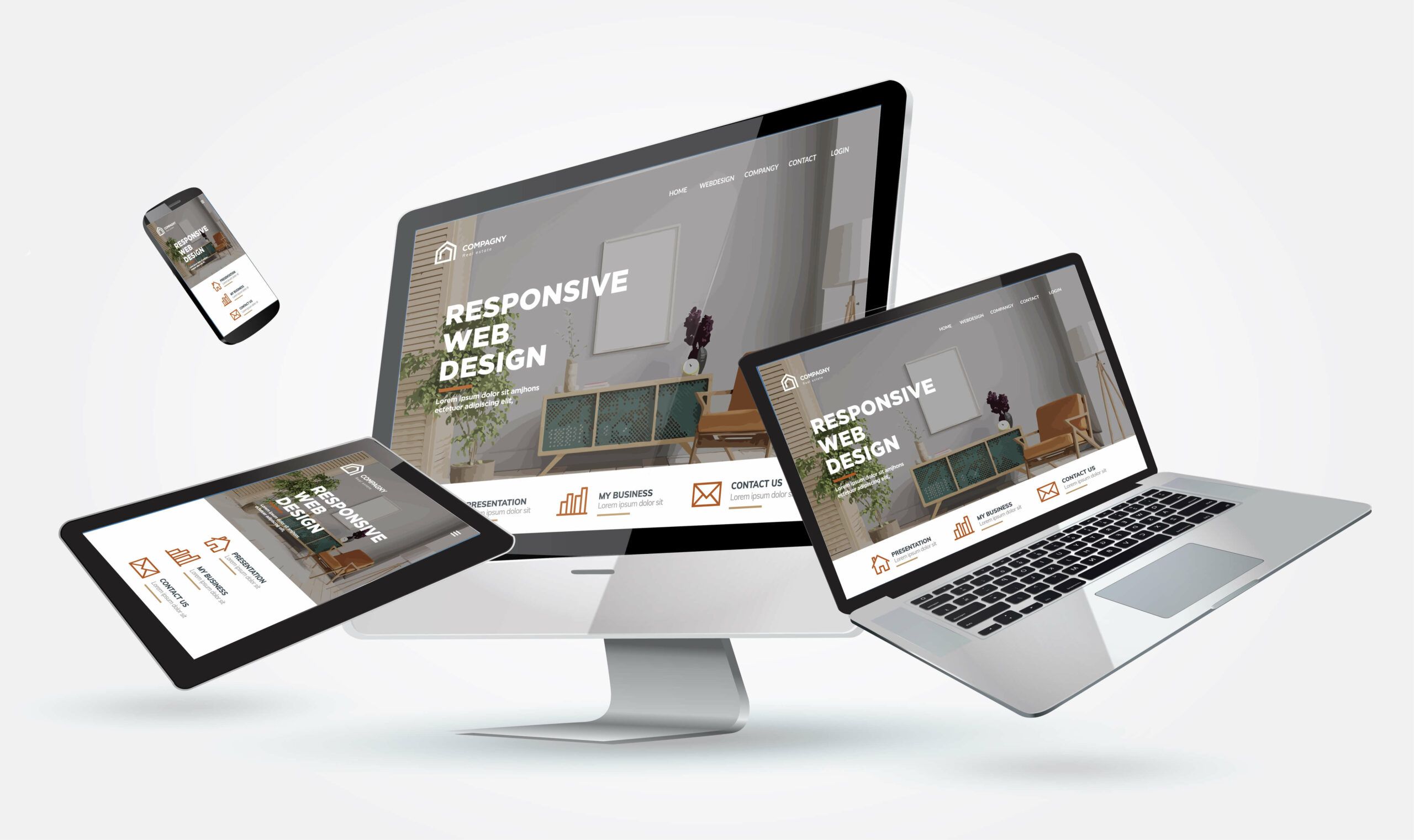Blog
How to Tell a Story Through Your Website Design

From daily conversations to entire Sundays spent in front of your new Netflix obsession, stories are a natural part of our lives. Stories are our way of communicating experiences through language, visuals, and actions. Just like any good story, well-crafted website design must be compelling and have a sequence of events that flows naturally. As a designer, we’re told repeatedly that a successful design is the product of great storytelling, but it seems that everyone has a slightly different take on the idea… so here are three simple guidelines to ensure that your design tells a great story:
1. Plan it out.
JK Rowling was a starving, 20-something-year-old author who turned coffeehouse napkin scribbles into a billion-dollar empire. Unfortunately, the road to her success was no fairytale. Rowling didn’t just sew a bunch of made-up events together and call it a story. It took her five years to plan out every last detail of the Harry Potter world through elaborate, handwritten plot spreadsheets and character family trees. She knew exactly how she wanted the entire series to end before she even started writing the first book.
When you start working on a new design, the first thing you need to consider is where you want the user to end, and how you’re going to get them there. What kind of motivation does the user need to get there? Buttons? Imagery? Where is the best place to encourage action? It’s important to make sure that every element has a purpose and that there’s good reason for placement.
Create a clear journey by keeping your design easy to follow. Don’t encourage actions or incorporate elements that aren’t useful to the goal of the page. Take the time to sketch out initial prototypes on paper before drafting your design in whatever prototyping program you use. If you need a dozen sheets of paper or a session with the conference room whiteboard to think your design through out loud, use them. Your users will be glad that you did.
2. Have some structure.
Every story has a beginning, middle, and end, and so should your design. Hook your users in the beginning with an intriguing, well-defined setting. Before you unload information onto your users, ease them in with a strong introduction – a lasting first impression.
The middle of the story is where the plot unfolds. If the audience is still watching, reading, or listening to the story at this point, it’s an indication of a successful introduction. In your design, this is where you will want to engage with the user. Give them the information that they need in order to reach their goal. Perhaps even incentivize them to reach their goal.
In the end, the user will have completed the final goal. It might mean that the user made a purchase, scheduled an appointment, or submitted their information, but the hope is that the relationship doesn’t end there.
3. Form a bond.
Think about the stories that lure us into the deep, dark hole of binge watching – the ones that keep us coming back for more. These are stories that have successfully formed a bond with their audiences.
When you elicit emotion through the use of strong visuals, meaningful colors that set the mood, or language that the user can understand, you are involving the user in your story. Don’t just create a path for them to follow, make them feel like they are part of the journey.
Many websites speak informally and directly to the user in the second person, using words like “you”, “your”, “we”, and “our”. When you forget these emotional connections with the user, you not only increase interest and engagement, you also encourage brand loyalty.
Cool Story, Bro.
You should tell it again… Great storytellers don’t tell the perfect story the first time around. They obtain perfection through hard work, practice, and repetition. Don’t be afraid to ask for feedback to find out what works. The more feedback you get, the more compelling your next story will be.

Everything you need to know about hiring a digital marketing agency:
- The four pillars of digital marketing
- Digital marketing options and costs
- The pitfalls to avoid
- What to expect when working with an agency
- The qualities to look for in a digital marketing agency

Related Website Design Articles
Extraordinary Results
-
“Erik and the Array Digital team are top notch in the digital marketing spaces, particularly for SEO. Their understanding of Google, the algorithms, and the work involved to get websites ranking on the first page is unparalleled. Thank you Erik!!”
Andrew ZihmerZihmer Law Firm -
“I had a chance to consult with Kevin Daisey for my law firm’s marketing needs. He is knowledgeable, kind, and helpful. He provided me with a great marketing analysis. He also invited me to their podcast as a guest speaker. Thank you Array Digital!”
Merve KatiZMK Law -
“The legal profession needs more architects and designers…folks who are thinking about the future of the profession and who are assembling a tribe of like minded lawyer leaders. Erik and his team are certainly ‘that’.”
Ben GlassBen Glass Law & Great Legal Marketing









